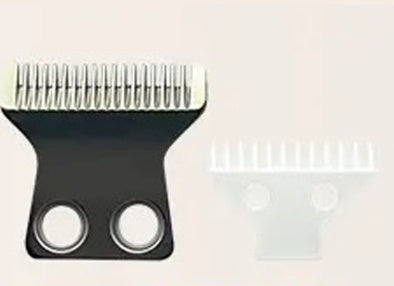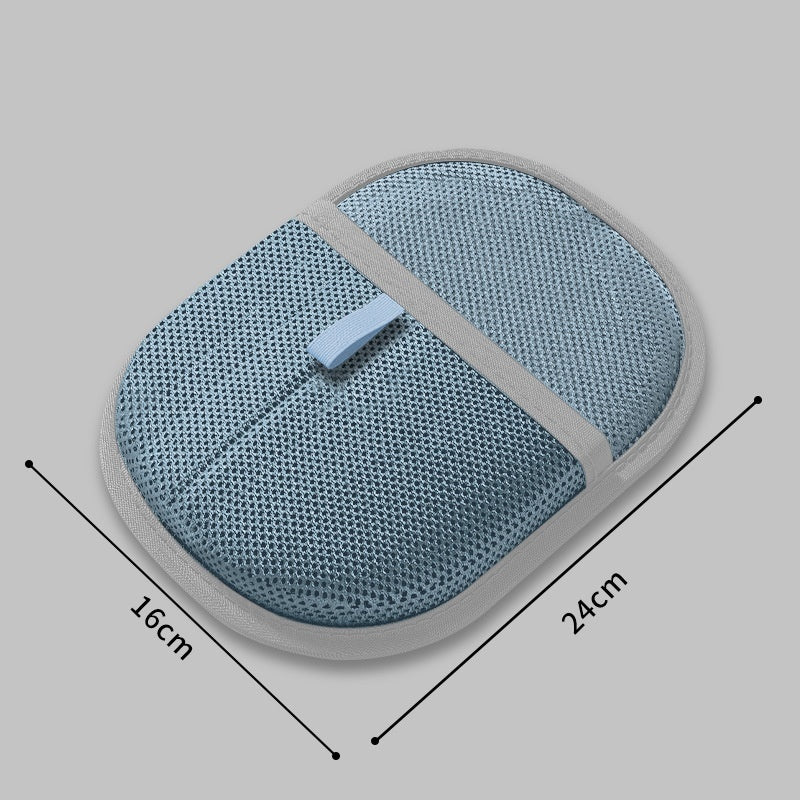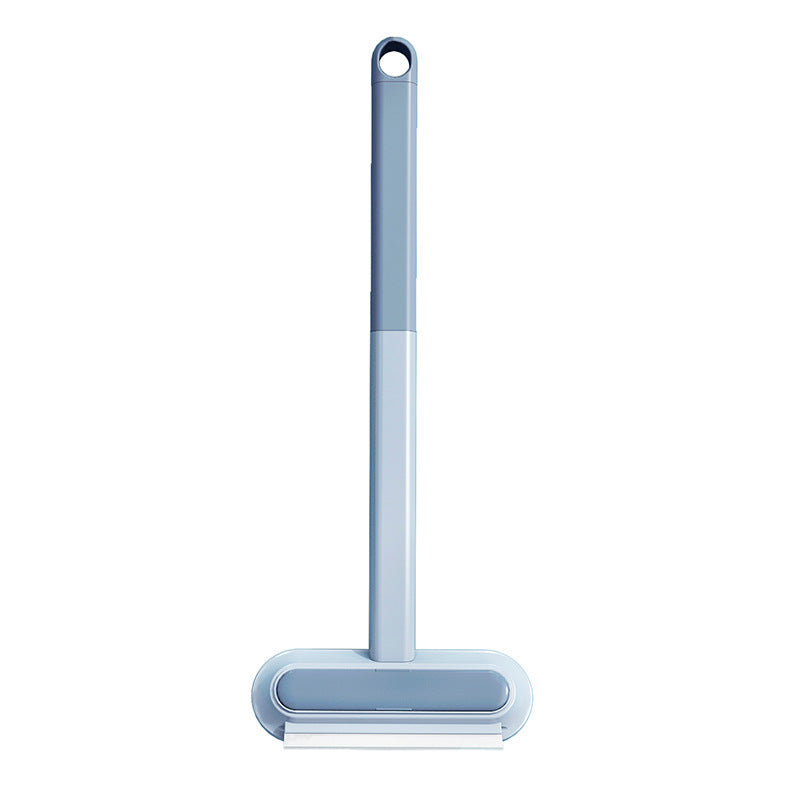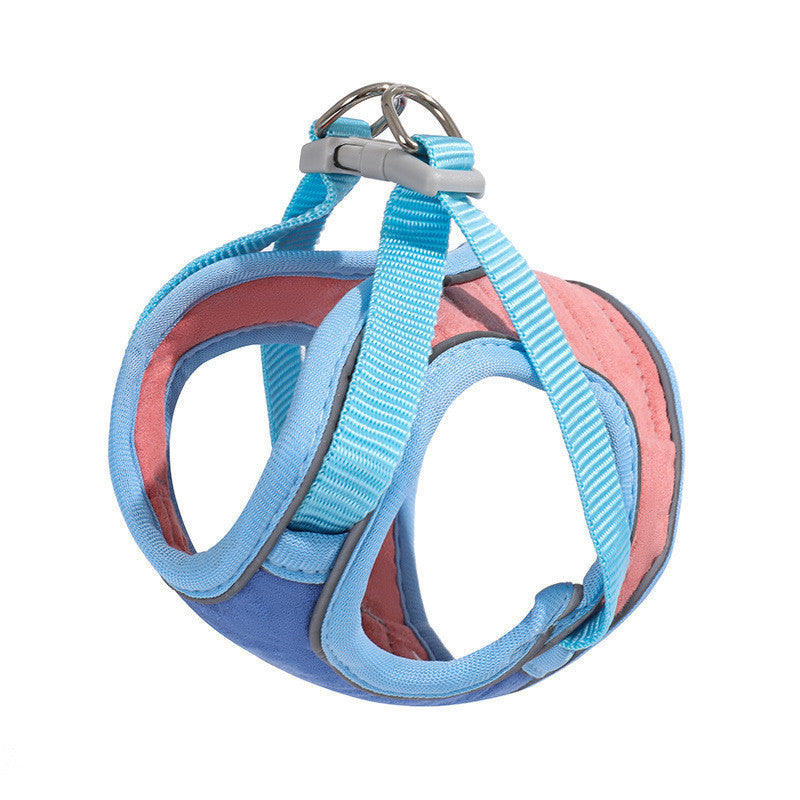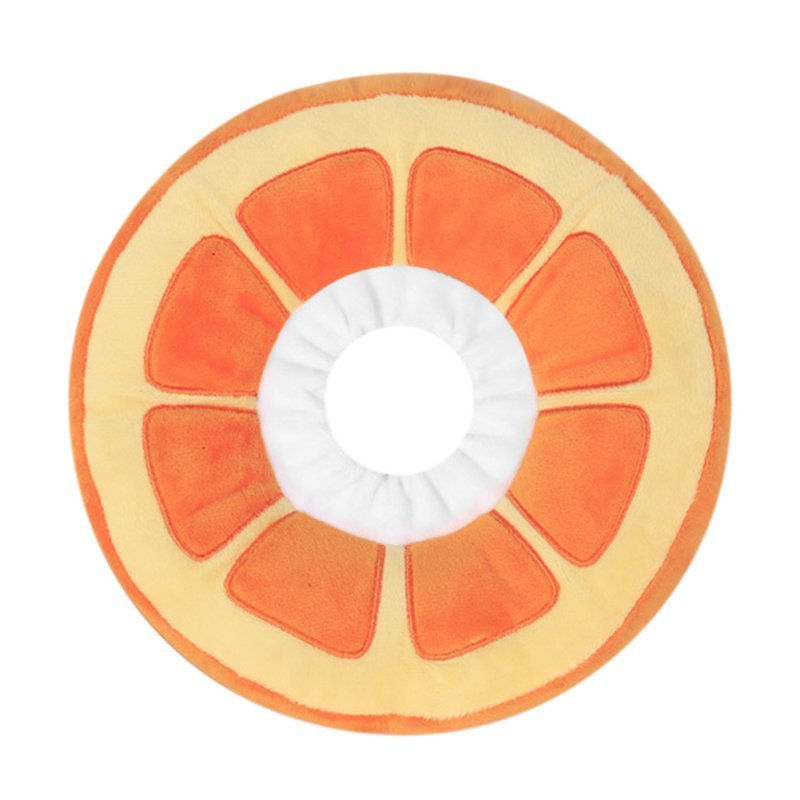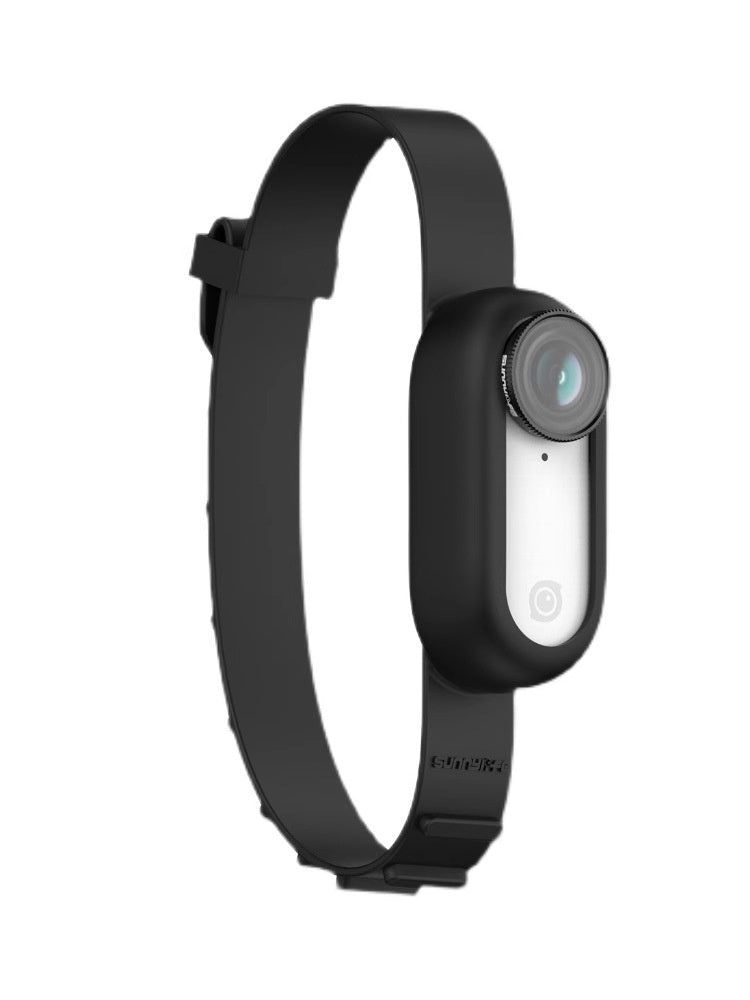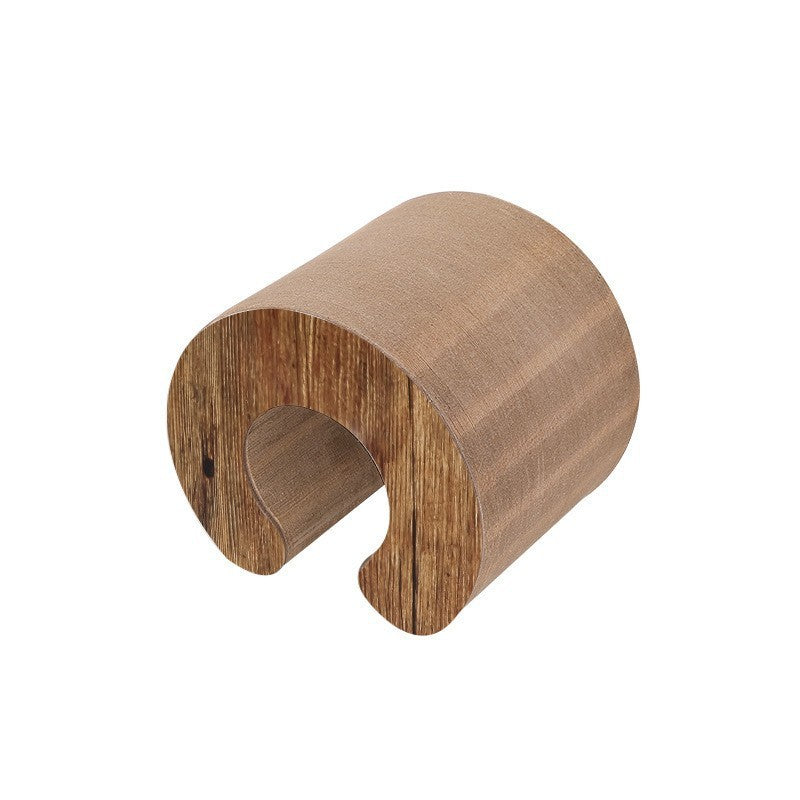Understanding your cat's nutritional needs is fundamental to their health and longevity. As obligate carnivores, cats have unique dietary requirements that differ significantly from dogs and humans.
Proper nutrition supports everything from their immune system to their glossy coat, making it essential for cat owners to understand the basics of feline dietary needs.
Age-specific nutrition: Kittens require high-protein, high-calorie diets to support rapid growth and development. Adult cats need balanced nutrition to maintain their weight and energy levels, while senior cats may require easily digestible foods with adjusted protein levels. Pregnant and nursing queens have increased caloric needs and require specialized formulations to support both mother and offspring.
Wet vs. dry food debate: Wet food provides excellent hydration and is often more palatable, making it ideal for cats with kidney issues or those who don't drink enough water. Dry food offers convenience and dental benefits through its abrasive texture, though it shouldn't be the sole source of nutrition. Many veterinarians recommend a combination approach, using wet food as the primary diet supplemented with high-quality dry food.
Reading ingredient labels: The first ingredient should always be a named meat source like chicken, salmon, or beef. Avoid foods with excessive fillers, by-products, or artificial preservatives. Look for AAFCO (Association of American Feed Control Officials) certification, which ensures the food meets minimum nutritional standards for cats.
The Australian Veterinary Association and Pet Food Industry Association of Australia emphasize the importance of species-appropriate diets and recommend consulting with veterinarians for personalized feeding plans. They advise against feeding cats dog food, as it lacks essential nutrients like taurine that cats require.
Feeding Schedule and Portions:
- Kittens (8-12 weeks): 4 meals daily
- Young cats (3-6 months): 3 meals daily
- Adult cats: 2 meals daily
- Senior cats: 2-3 smaller meals daily
Step-by-Step Guide: Establishing Healthy Feeding Habits
Daily Feeding Routine:
- Measure portions according to your cat's weight and activity level
- Feed at consistent times to establish routine
- Provide fresh water daily in clean bowls
- Monitor eating habits and appetite changes
Transitioning Foods:
- Mix 25% new food with 75% old food for days 1-2
- Increase to 50% new food, 50% old food for days 3-4
- Use 75% new food, 25% old food for days 5-6
- Switch to 100% new food by day 7
Weight Management:
- Weigh your cat monthly and track changes
- Adjust portions based on body condition score
- Increase activity through interactive play
- Consult your vet if weight changes are significant








